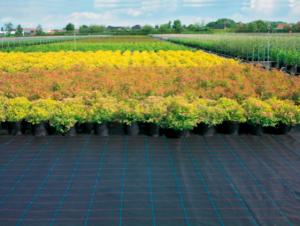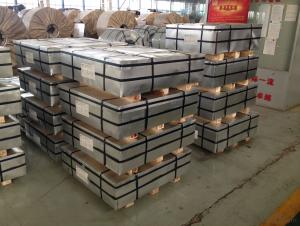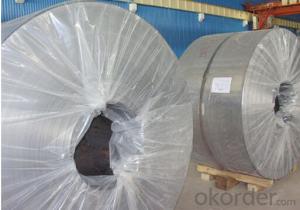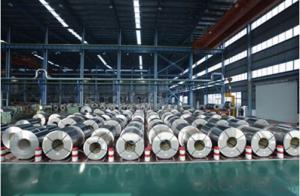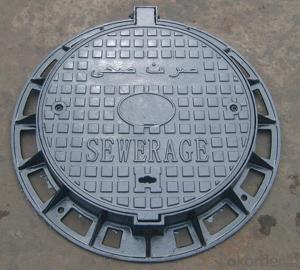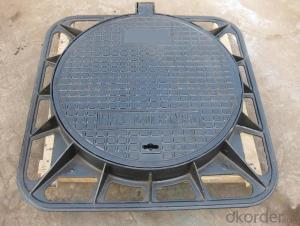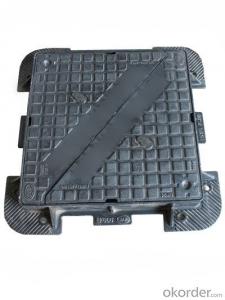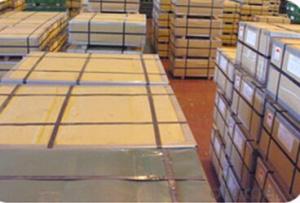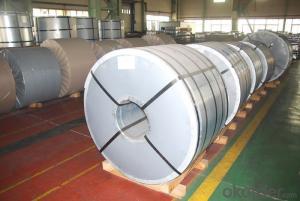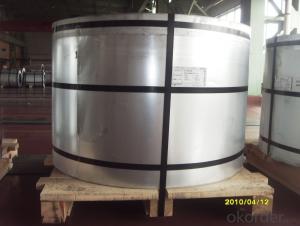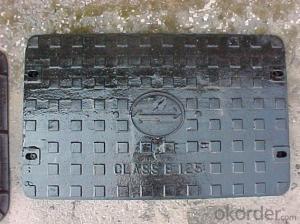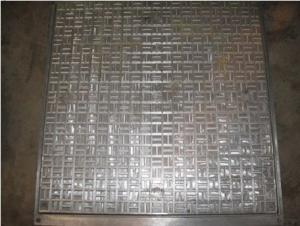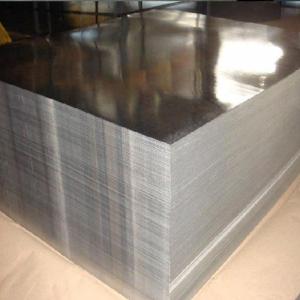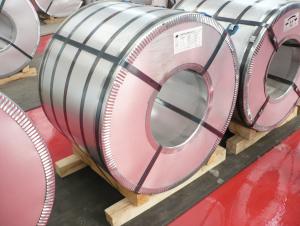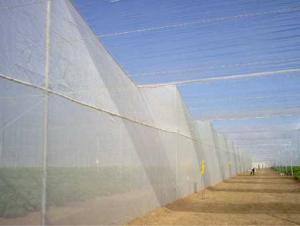Tinplate Cover
Tinplate Cover Related Searches
Galvanized Steel Trash Can Slim Trash Can Stainless Steel Stainless Steel Step Trash Can Tinplate Printing Machine Tinplate Coil Quotes Packaging Tape Art Double Reduced Tinplate Furniture Packaging Materials Mth Standard Gauge Tinplate Tinplate Fire EngineHot Searches
Garden Decorations For Sale Garden Awnings For Sale Esd Mat Price Garden Slabs Sale Garden Bench Sale Garden Supply Company Catalog Local Garden Supply Stores Shade Netting Manufacturers South Africa Shade Net Prices In Sri Lanka Shade Net Manufacturers In Bangalore Shade Net Suppliers In Uae Cost Of Shade Net Per Acre Shade Net House Construction Cost Agro Shade Net Machine Manufacturers Masonry Construction Type Real Estate Builders & Construction Company Buy Shade Net Online India Net Manufacturers Tinplate China Tinplate Stock PriceTinplate Cover Supplier & Manufacturer from China
Okorder.com is a professional Tinplate Cover supplier & manufacturer, offers integrated one-stop services including real-time quoting and online cargo tracking. We are funded by CNBM Group, a Fortune 500 enterprise and the largest Tinplate Cover firm in China.Hot Products
FAQ
- Tinplate is generally considered to be a sustainable packaging material compared to other alternatives. It is highly recyclable and has a low carbon footprint compared to materials like plastic. Additionally, tinplate containers can be reused multiple times, reducing waste generation. However, it is important to consider factors like transportation costs and energy consumption during the production process, which may vary depending on the specific context.
- Tinplate contributes to the overall recyclability of packaging by being highly recyclable itself. It can be easily separated from other materials during the recycling process and recycled into new tinplate products. This helps reduce the amount of waste that ends up in landfills and promotes a more sustainable and circular economy.
- Some of the main challenges in tinplate welding and soldering include ensuring proper surface preparation to achieve good adhesion, dealing with the thin gauge of tinplate which can make it more prone to warping or burning, and finding suitable fluxes and solder alloys that can effectively bond with tinplate due to its unique properties. Additionally, the presence of tin oxide on the surface of tinplate can hinder the formation of strong welds or solder joints, requiring special techniques or treatments to address this issue.
- The main regulations governing tinplate production include health and safety standards, environmental regulations, quality control measures, and labeling requirements. These regulations ensure that tinplate production processes are conducted safely, with minimal impact on the environment, and that the final product meets quality standards. Additionally, labeling requirements ensure that tinplate products are accurately labeled and provide necessary information to consumers.
- The different coating weights available for tinplate typically range from as low as 1.0 lb/base box to as high as 12.0 lb/base box.
- Tinplate packaging contributes to product shelf life by providing a durable and protective barrier against external factors such as moisture, oxygen, light, and temperature fluctuations. This helps to prevent spoilage, retain product freshness, and extend the overall shelf life of the packaged goods. Additionally, tinplate packaging is resistant to corrosion, ensuring the integrity of the packaging throughout the product's shelf life.
- Tinplate contributes to the overall portability of packaging due to its lightweight yet durable nature, making it easy to transport and handle. Additionally, its excellent resistance to corrosion and ability to preserve the quality of the packaged product ensures that packaging remains intact during transportation, further enhancing its portability.
